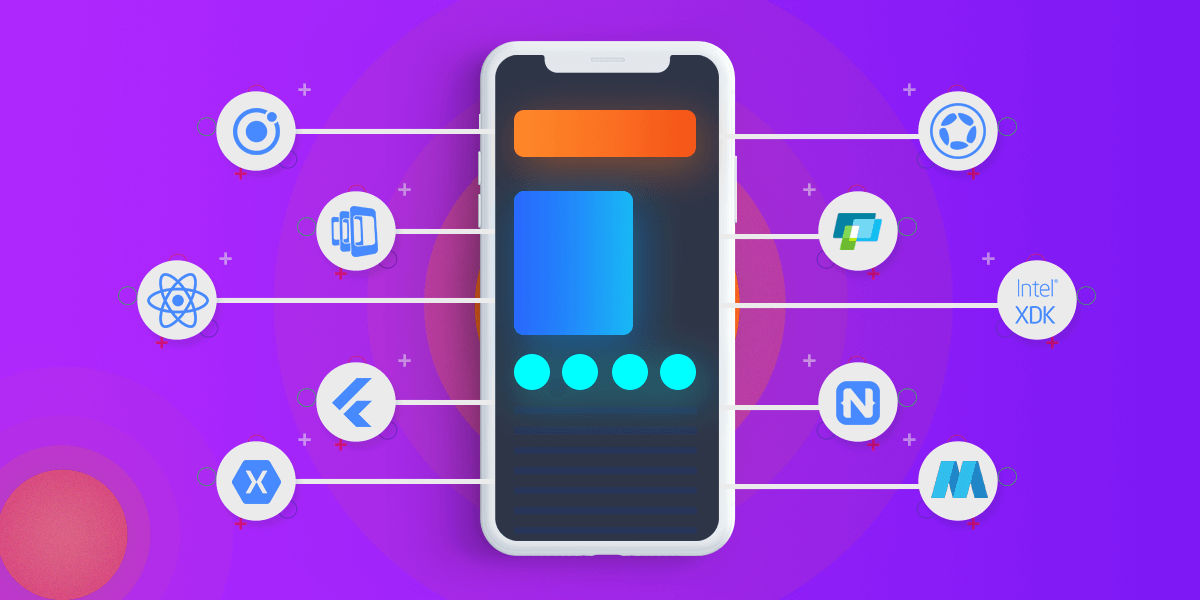Onboarding, the process of helping new employees adjust to their new roles and become productive from day one, is a crucial part of any organization’s hiring process. However, with the rise of remote and hybrid work, onboarding has become even more challenging. In a 2020 survey, HR professionals reported remote onboarding as the biggest hiring challenge during the pandemic.
Before the virtual shift, over a third of businesses lacked a formal onboarding procedure, whether it was remote or not. The time it takes for a new employee to become proficient in their job is often underestimated. Gallup’s “Creating an Exceptional Onboarding Journey for New Employees” research states that it normally takes new employees 12 months to realize their full performance potential, while the standard onboarding program lasts only 90 days.
A poor onboarding experience can lead to employees losing faith in their new positions, poorer engagement, and a higher likelihood that they’ll leave your company in search of a better opportunity. According to a recent study, a good onboarding program can increase employee retention by 50% and productivity by 62% in the same set of new hires.
But what makes for a successful onboarding program in a remote or hybrid work environment? Here are three keys to building an impactful onboarding process that sets up new hires for success and improves employee retention:
Set measurable goals and benchmarks for success.
The first step in creating a new onboarding program is to evaluate your current onboarding objectives. Check for the four Cs: conformity, clarify, culture, and connection when revising objectives.
Questions to ask include:
- What are the rules, policies, and procedures that must be followed by all employees?
- Have you clearly defined your employees’ work responsibilities and tied them to real, time-bound goals?
- Will employees have a thorough awareness of your company’s culture and the support they need to develop all the connections necessary for their success after completing the program?
- In what areas does your organization’s ability to carry out this new initiative need to be improved?
- How will you continue to improve and sustain the work-life balance of new hires after the completion of the onboarding program?
To achieve your objectives, use a combination of quantitative and qualitative measurements, such as the percentage of new hires who remain working at your company for a year and feedback from new hires about their onboarding experience. Make time to speak with your company’s leaders before moving forward with these goals and measures to get their advice.
Set up a multi-department onboarding team.
Creating an onboarding process that extends beyond HR and includes the necessary teams, key stakeholders, and the CEO is essential if you want to improve the employee experience in the workplace. Managers benefit from integrating new workers into their teams as soon as possible. Before introducing a new employee, make sure the team understands why they were hired and what their responsibilities would be in the team or the business. Even though it may take some time to build excellent team relationships, it can have a positive impact on staff productivity and performance.
Remember that new personnel will interact with stakeholders outside their immediate team. However, new hires may not be aware of the best methods for interacting with or dealing with these individuals right from the beginning of their tenure with the company. This issue can be solved by creating a list of names, with notes about who they are and how essential they are to the company. Schedule a time to check in with stakeholders and make sure that new hires’ networking is coming together as part of your responsibilities as a manager.
Employee Onboarding Doesn’t Have to be Hard
Employee onboarding software can be used to greatly benefit both employees and employers by streamlining the onboarding process and ensuring a smoother transition for new hires. By automating administrative tasks, providing comprehensive training and support, and improving communication, employee onboarding software can help reduce turnover rates, boost employee satisfaction, and ultimately increase productivity and profitability for businesses.











